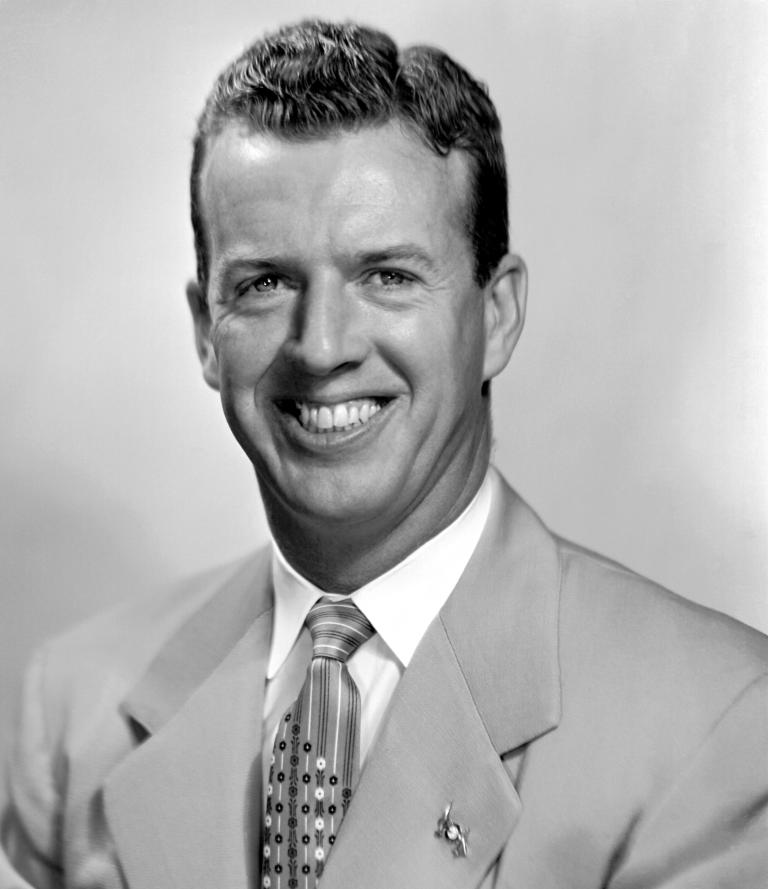
Joseph A. Walker
NASA Pilot
Joseph A. Walker was a Chief Research Pilot at the NASA Flight Research Center , currently Armstrong Flight Research Center, during the mid-1960s. He joined the joined the National Advisory Committee for Aeronautics (NACA) at the Aircraft Engine Research Laboratory (today the NASA Glenn Research Center) in Cleveland, Ohio, in March 1945 as physicist and research pilot heavily involved with icing research. In 1951, he transferred to the High Speed Flight Research Station at Edwards Air Force Base, where he spent the rest of his career.
At Armstrong, he served as project pilot at the Edwards flight research facility on such pioneering research projects as the D-558-I, D-558-II, X-1, X-3, X-4, X-5, and the X-15. He also flew programs involving the F-100, F-101, F-102, F-104, and the B-47.
Walker made the first NASA X-15 flight on March 25, 1960. He flew the research aircraft 24 times and achieved its fastest speed and highest altitude. He attained a speed of 4,104 mph (Mach 5.92) during a flight on June 27, 1962, and reached an altitude of 354,300 feet on August 22, 1963 (his last X-15 flight).
He was the first man to pilot the Lunar Landing Research Vehicle (LLRV) that was used to develop piloting and operational techniques for lunar landings.
Walker graduated from Washington and Jefferson College in 1942, with a B.A. degree in physics. During World War II he flew P-38 fighters for the Air Force, earning the Distinguished Flying Cross and the Air Medal with Seven Oak Clusters.
Walker was the recipient of many awards during his 21 years as a research pilot. These include the 1961 Robert J. Collier Trophy, 1961 Harmon International Trophy for Aviators, the 1961 Kincheloe Award, and 1961 Octave Chanute Award. He received an honorary Doctor of Aeronautical Sciences degree from his alma mater in June of 1962. Walker was named Pilot of the Year in 1963 by the National Pilots Association.
He was a charter member of the Society of Experimental Test Pilots, and one of the first to be designated a Fellow. He was fatally injured on June 8, 1966, in a mid-air collision between an F-104 he was piloting and the XB-70.


























